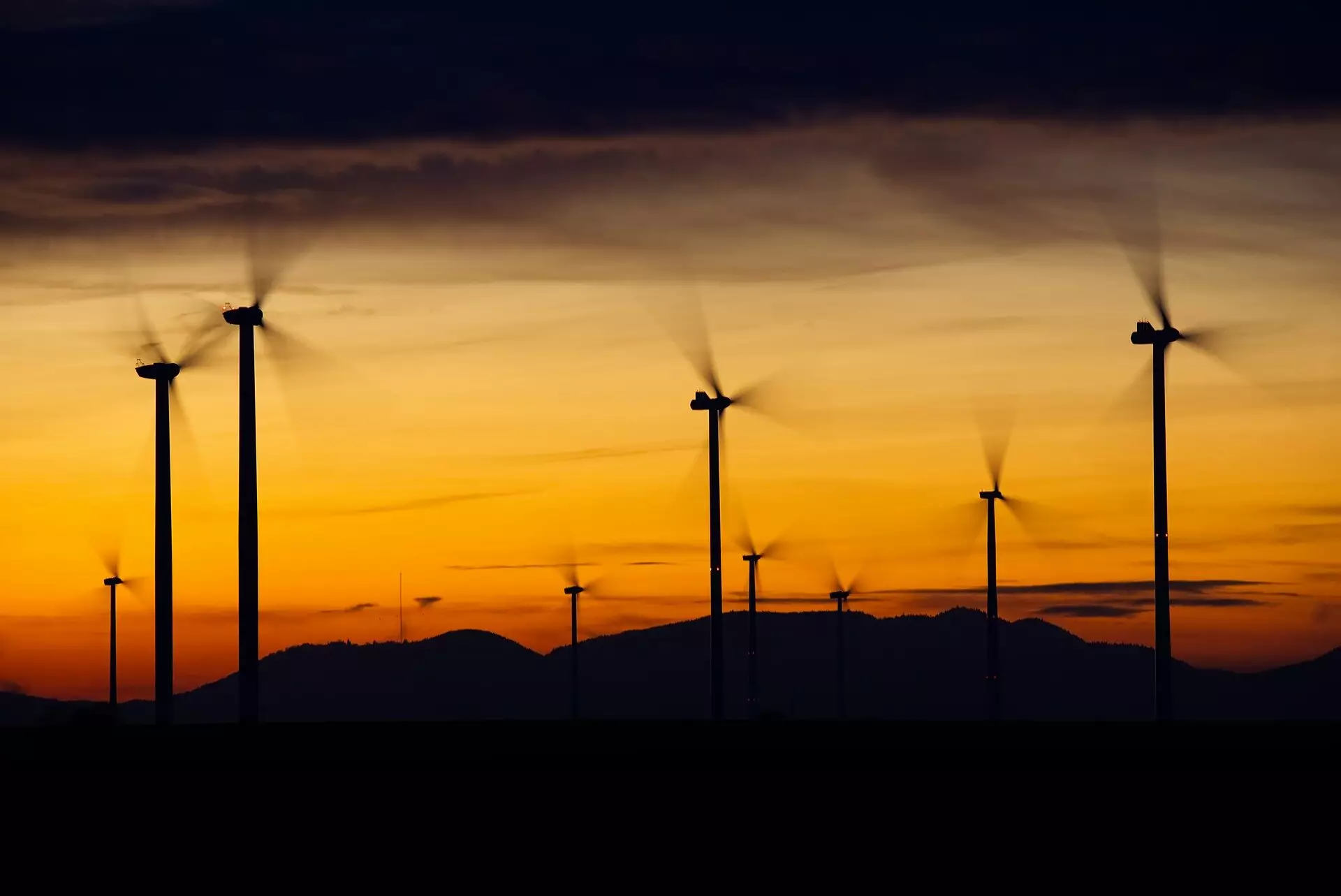South Africa’s Northern Cape province has emerged as a significant player in the renewable energy sector, housing a remarkable 59 of the 112 large-scale projects initiated under the Renewable Energy Independent Power Producer Procurement Program (REIPPPP) by 2021. This initiative aims to diversify the country’s energy sources and reduce reliance on traditional fossil fuels. However, while the impetus for investment is promising, it raises a critical question: Are local communities benefiting from these wind farms and solar plants, or are they merely passive observers in the transformation of their landscapes?
To delve into this issue, industrial sociologist Boitumelo Malope conducted in-depth research focusing on the socio-economic impacts of two wind farms near Loeriesfontein, a small and poverty-stricken town in the Northern Cape. Through interviews with community members, local leaders, and workers of the farms, Malope scrutinized the extent to which the communities hosting renewable energy projects are genuinely reaping their benefits.
Central to South Africa’s energy reform is the REIPPPP, which assesses bids from independent power producers based heavily on their proposed tariffs (accounting for 70% of the evaluation) and their potential for economic development (the remaining 30%). Economic considerations encompass the generation of local jobs along with broader socio-economic initiatives, which are financed through a percentage of the revenue derived from electricity sold to Eskom—South Africa’s state-owned utility.
One significant finding from Malope’s research was the opacity surrounding community development plans, which were often not publicly disclosed. The initiatives rolled out by companies were developed without adequate consultation with local stakeholders, leading to outcomes that did not necessarily address the pressing needs of the communities. This top-down approach not only inhibits grassroots involvement but also creates a disconnect between what was proposed and what is necessary on the ground.
For the construction of wind farms, there are various phases that require different skill sets. The initial phases predominantly involve low to semi-skilled tasks, during which around 100 community members found positions lasting from three to 18 months. Unfortunately, these roles often lacked supervisory responsibilities, providing limited opportunities for skill development. Conversely, the latter phases necessitate highly specialized workers, often sourced externally, thus limiting local employment opportunities in better-paying jobs.
While the International Labor Organization emphasizes decent work—defined through principles of social dialogue, protection, and dignity—the renewable energy sector in South Africa currently focuses on employment numbers without ensuring that these positions meet the standards of quality work. This structural flaw in the REIPPPP underscores the need for training initiatives that could prepare local residents for these specialized roles, bridging the gap between opportunity and skill.
Further complicating the scenario is the significant disconnect between what developers believe is needed for community development and the actual experiences and requests of local residents. For instance, residents of Loeriesfontein have voiced basic needs, such as the provision of street lighting and internet access, but were met with initiatives that catered to narrower segments of the community, like a gym with high membership fees or a synthetic running track that not all residents could easily access.
This misalignment points to a crucial lesson for developers: genuine communication is vital. Instead of engaging with the broader community, some developers opted for political channels or sporadic meetings that alienated residents and perpetuated misunderstandings. By prioritizing community input right from the project’s inception, developers not only honor the local voices but also enrich the type of projects undertaken, ensuring they align with the community’s actual needs.
To move forward effectively, renewable energy projects in South Africa must prioritize community-driven development and sustainable practices. The land in Loeriesfontein presents an opportunity; local workers could be mobilized to establish a community-owned renewable energy project, providing more affordable electricity options for those in need. Moreover, immediate employment alternatives, such as installing solar panels on low-income homes, should be explored to enhance community welfare proactively.
Community development must evolve beyond a simple corporate social responsibility initiative. Given its funding from a fraction of revenue generated from energy sales, developers have an obligation to ensure that these programs persist over two decades, with an emphasis on fostering local infrastructure, eradicating poverty, and promoting social equity.
In essence, renewable energy ventures in South Africa should not be considered favors to the community but rather collaborative ventures that prioritize mutual benefit. By embedding sustainable development principles into their strategies, developers can ensure that both the environment and the people yield the rewards of this green revolution.

